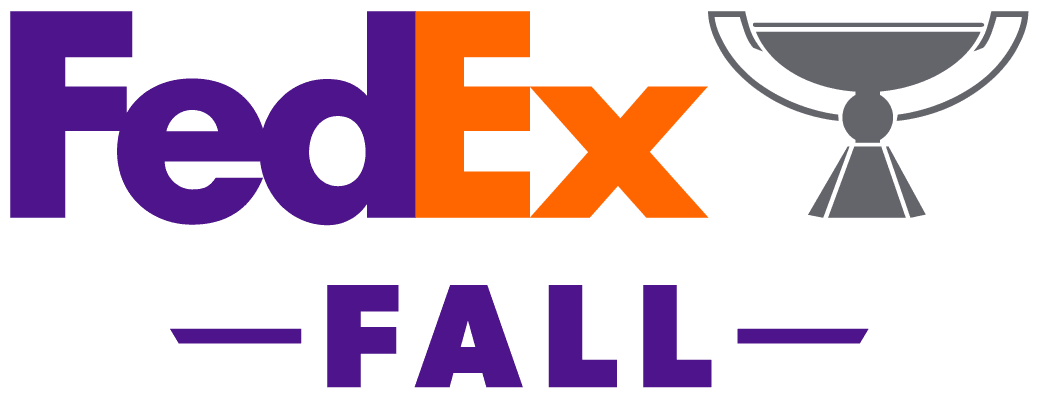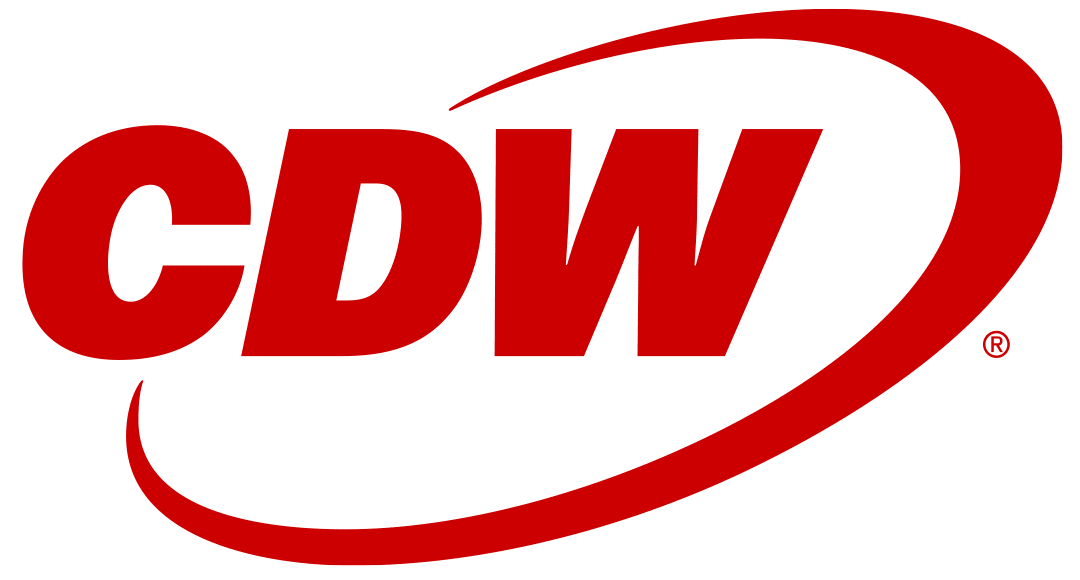BenHogan
Country

United States
Birthdate
August 13, 1912Passed
July 25, 1997 (84)Turned Pro
1919Birthplace
Dublin, TXCollege
-PGA TOUR Wins
64Wins (1970)
0Top 10 (1970)
1


World Rank
(OWGR)
-
United States
Ben Hogan

-
PTS: -

-
-
World Rank (OWGR)





